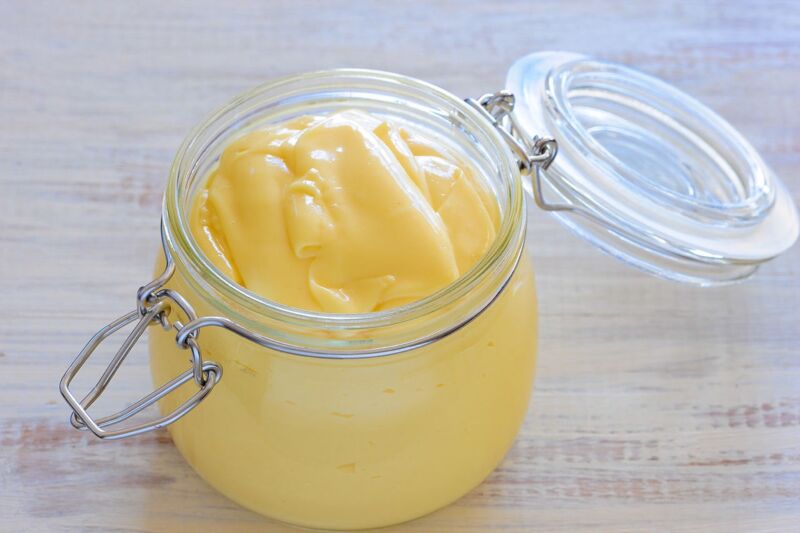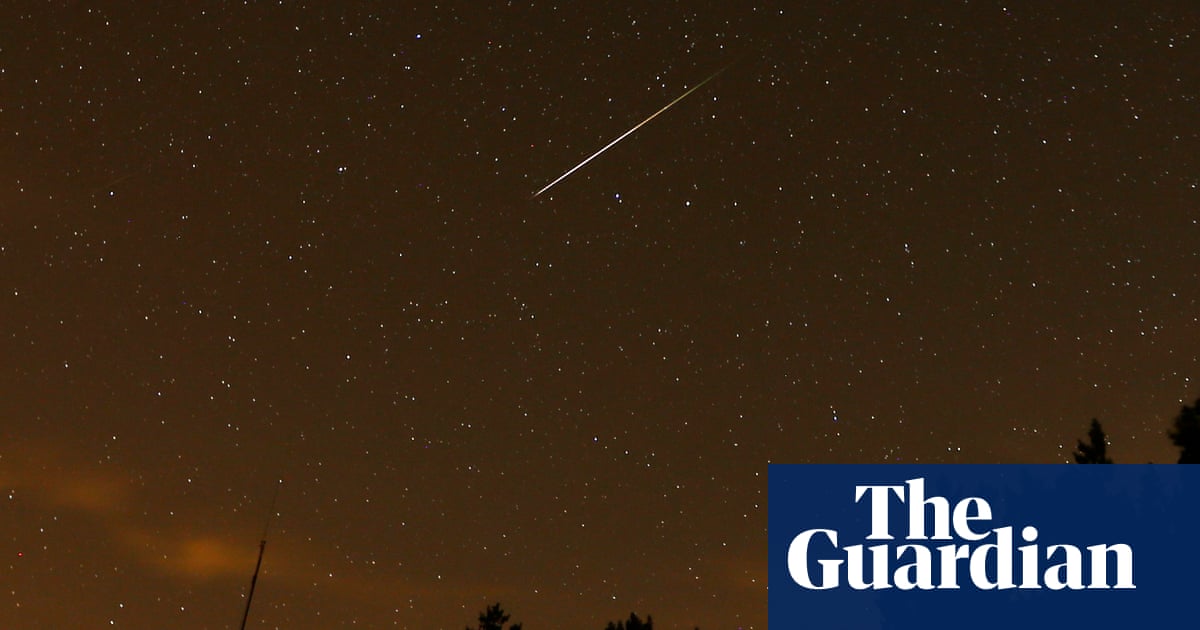
Inertial confinement fusion is a method of generating energy through nuclear fusion, though it faces all sorts of scientific challenges (although progress is being made). Researchers at LeHigh University are trying to overcome a specific problem with this approach by conducting experiments with mayonnaise placed in a rotating figure-eight device. They describe their latest findings in a new paper published in the journal Physical Review E in an effort to increase fusion’s energy efficiency.
This work builds on previous research in LeHigh’s lab by mechanical engineer Arindam Banerjee, who focuses on studying the dynamics of fluids and other materials in response to extremely high acceleration and centrifugal force. In this case, his team was exploring what’s known as the “instability threshold” of elastic/plastic materials. Scientists wonder whether this phenomenon is due to initial conditions or is the result of “more local catastrophic processes,” Banerjee says. The question is relevant to many fields, including geophysics, astrophysics, explosive welding, and, of course, inertial confinement fusion.
How exactly does inertial confinement fusion work? As Chris Lee explained for Ars in 2016:
The idea behind inertial confinement fusion is simple. To fuse two atoms, you need to bring their nuclei into contact. Both nuclei are positively charged, so they repel each other, which means that a force is needed to convince two hydrogen nuclei to touch. In a hydrogen bomb, the force is generated when a small fission bomb explodes, compressing a hydrogen nucleus. This fuses to create heavier elements, releasing a huge amount of energy.
Scientists, who are killjoys, prefer not to detonate nuclear weapons every time they want to study fusion or use it to generate electricity. Which brings us to inertial confinement fusion. In this case, the hydrogen core consists of a spherical pellet of hydrogen ice inside a heavy metal shell. The shell is illuminated by powerful lasers, which burn away much of the material. The reaction force of the vaporized material exploding outward causes the remaining shell to implode. The resulting shock wave compresses the center of the hydrogen pellet’s core, causing it to fuse.
If confinement fusion stopped there, the amount of energy released would be minimal. But the energy released due to the initial fusion burn in the center generates enough heat to bring the hydrogen outside the pellet up to the required temperature and pressure. So eventually (at least in computer models), all the hydrogen is consumed in a fiery death, and massive amounts of energy are released.
That’s the idea, anyway. The problem is that hydrodynamic instabilities tend to form in the plasma state – Banerjee compares it to “two materials [that] Accelerated solids penetrate each other like fingers in the presence of gravity or any accelerating field, which in turn reduces energy yields. The technical term is a Rayleigh-Taylor instability, which occurs between two materials of different densities, where the density and pressure gradients move in opposite directions. Mayonnaise turns out to be an excellent analogue to study this instability in accelerated solids, without the need for a laboratory setup with high temperature and pressure conditions, since it is a non-Newtonian fluid.
“We use mayonnaise because it behaves like a solid, but when it is subjected to a pressure gradient, it starts to flow,” Banerjee explains. “Like a traditional molten metal, if you put a stress on mayonnaise, it starts to deform, but if you remove the stress, it returns to its original shape. So there is an elastic phase followed by a stable plastic phase. The next phase is when the mayonnaise starts to flow, and that’s where the instability comes in.”
More mayonnaise, please
2019 video featuring Rayleigh Taylor’s rotating wheel instability experiment at Lehigh University.
His team’s 2019 experiments involved pouring Hellman’s Real mayonnaise (no Miracle Whip for this team) into a Plexiglas container and then creating wave-like disturbances in the mayonnaise. One experiment involved placing the container on a rotating figure-eight wheel and tracking the material with a high-speed camera, using an image-processing algorithm to analyze the images. Their results supported the hypothesis that the instability threshold depends on the initial conditions, namely the amplitude and wavelength.
This latest study sheds additional light on the structural integrity of fusion capsules used in inertial confinement fusion by looking more closely at the material properties, amplitude and wavelength conditions, and acceleration rate of these materials when they reach the Rayleigh-Taylor instability threshold. The more scientists know about the phase transition from elastic to stable, the better they can control the conditions and maintain an elastic or plastic phase, thereby avoiding instability. Banerjee et al. were able to identify the conditions that maintain the elastic phase, which could inform the design of future inertial confinement fusion pellets.
That said, the mayonnaise experiments are an example, to varying degrees, of real-world conditions for nuclear fusion, something Banerjee readily acknowledges. Still, he hopes that future research will improve the predictability of what happens to the pellets in their high-temperature, high-pressure environments. “We’re another cog in this giant wheel of researchers,” he said. “And we’re all working to make inertial fusion cheaper and therefore feasible.”
DOI: Physical Review E, 2024. 10.1103/PhysRevE.109.055103 (About DOIs).



